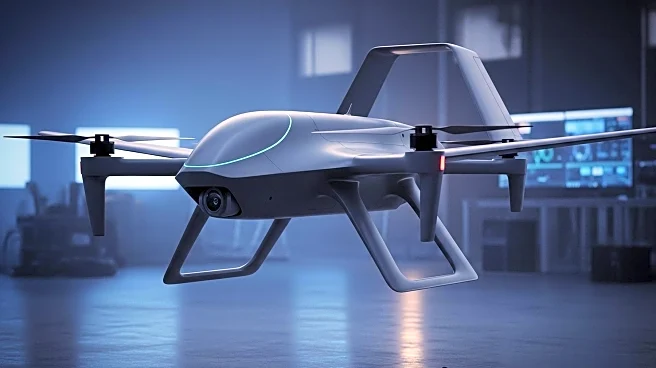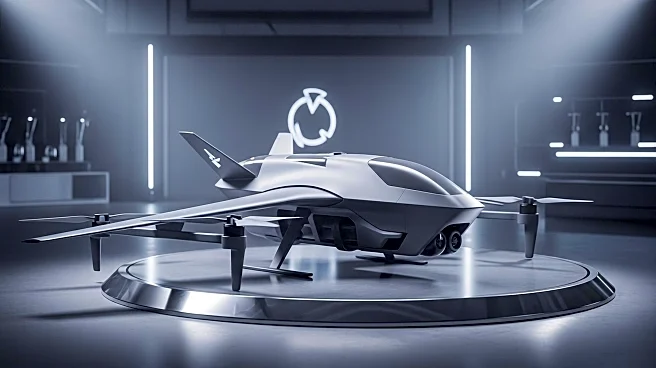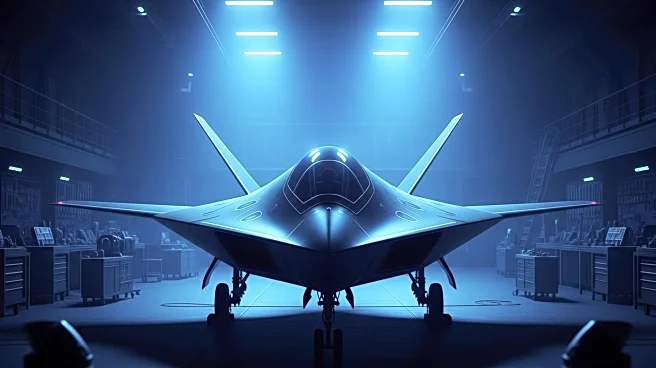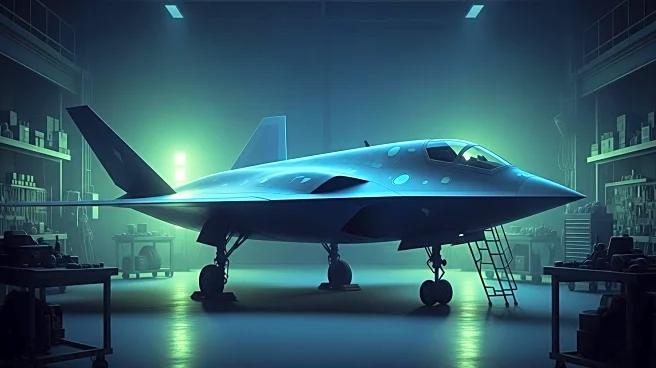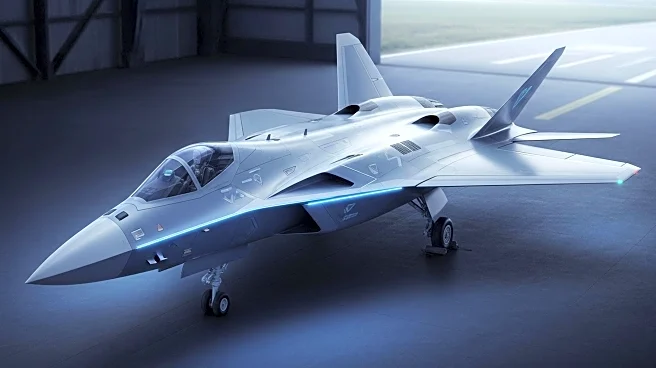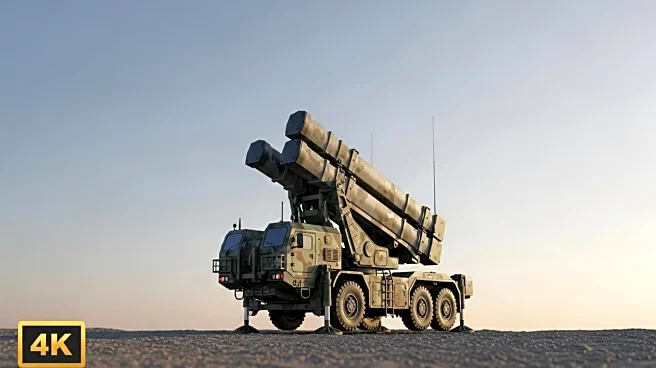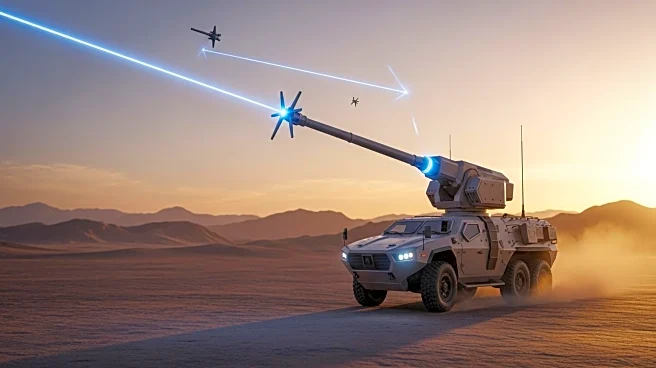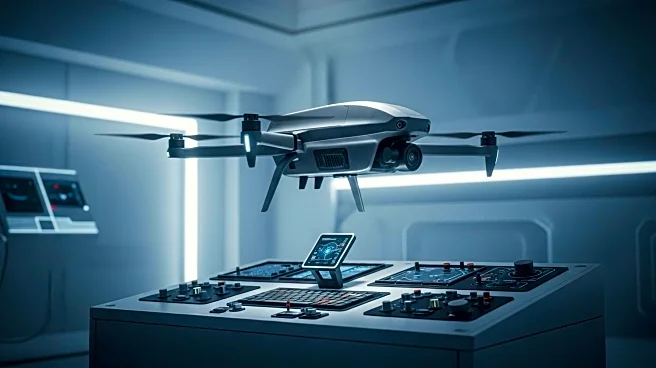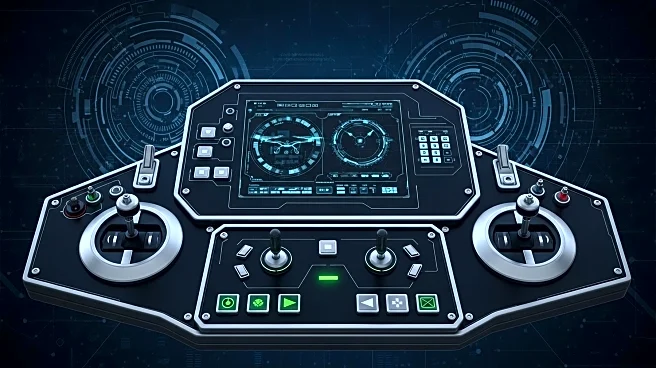What's Happening?
Lockheed Martin's Skunk Works division has announced the development of a new stealth drone named Vectis, which is expected to make its first flight by the end of 2027. The Vectis drone is designed to be a large, reusable 'Category 5' autonomous aircraft, customizable to adapt to changing threat environments. OJ Sanchez, Vice President and General Manager of Skunk Works, highlighted the drone's survivability and flexibility, noting its ability to perform various mission sets including air-to-air, air-to-ground, and intelligence, surveillance, and reconnaissance (ISR). The drone features an open systems architecture, allowing it to interface with other platforms and mission systems not built by Lockheed Martin. While not specifically designed for any competition, Vectis could potentially fit into the Air Force's Collaborative Combat Aircraft program, depending on future requirements.
Why It's Important?
The introduction of the Vectis drone represents a significant advancement in autonomous military technology, potentially enhancing the U.S. Air Force's capabilities in future combat scenarios. Its customizable design allows for adaptability in various operational environments, which could be crucial for maintaining air superiority. The drone's ability to integrate with existing aircraft like the F-22 and F-35 suggests it could play a vital role in collaborative missions, offering increased survivability and operational flexibility. This development may also influence international markets, as Lockheed Martin aims to address feedback from multiple customers regarding future battlefield needs.
What's Next?
Lockheed Martin plans to continue the development and testing of the Vectis drone, with prototype parts already ordered and the team actively working towards its first flight. The company will engage with potential customers to fine-tune the drone's capabilities to meet specific operational requirements. As the Air Force evaluates its needs for the Collaborative Combat Aircraft program, Vectis could emerge as a candidate for future iterations, depending on the final specifications. Lockheed Martin's ongoing simulations and operational analyses will further refine the drone's design and integration with existing military assets.
Beyond the Headlines
The Vectis drone's development underscores the growing importance of autonomous systems in modern warfare, highlighting ethical and strategic considerations regarding the use of unmanned vehicles in combat. The flexibility and autonomy built into the drone's design may lead to broader discussions on international collaboration and the sharing of technology among allied nations. Additionally, the focus on survivability and adaptability reflects a shift towards more resilient and versatile military assets in response to evolving global threats.

